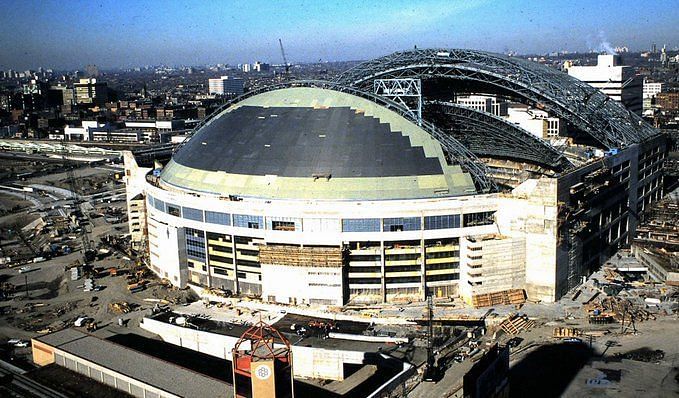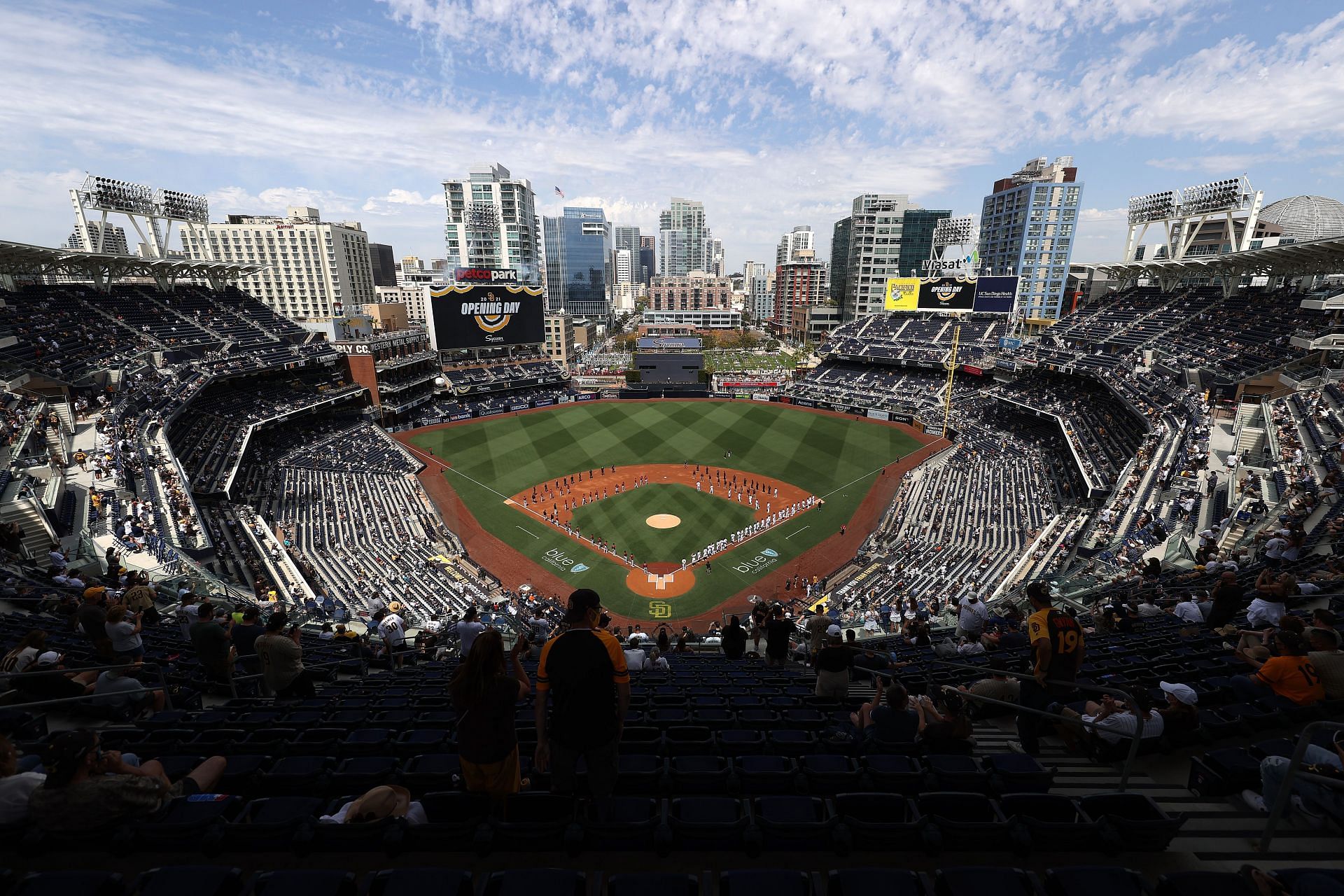
Best MLB stadiums of the modern era
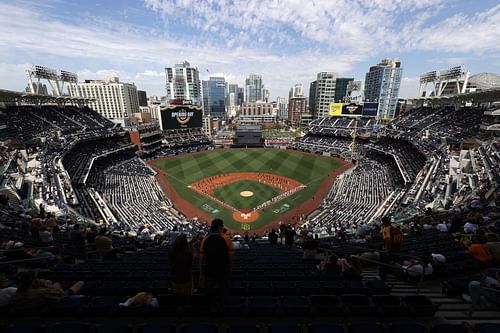
Ranking the best MLB stadiums of the modern era is a tall task. As baseball's popularity increased and new technology arose for optimizing both the playing and viewing experience, franchises began competing for the creation of the perfect ballpark.
Teams began designing fields with different visions in mind. Toronto Blue Jays built its famous then-SkyDome as a revolutionary ballpark featuring the world's first motorized retractable roof. The field itself also looked modern compared to other MLB stadiums. Unlike Wrigley Field or Fenway Park, its outfield walls were completely symmetrical. Some said it made the game fairer, but others criticized it for robbing baseball of its charm.
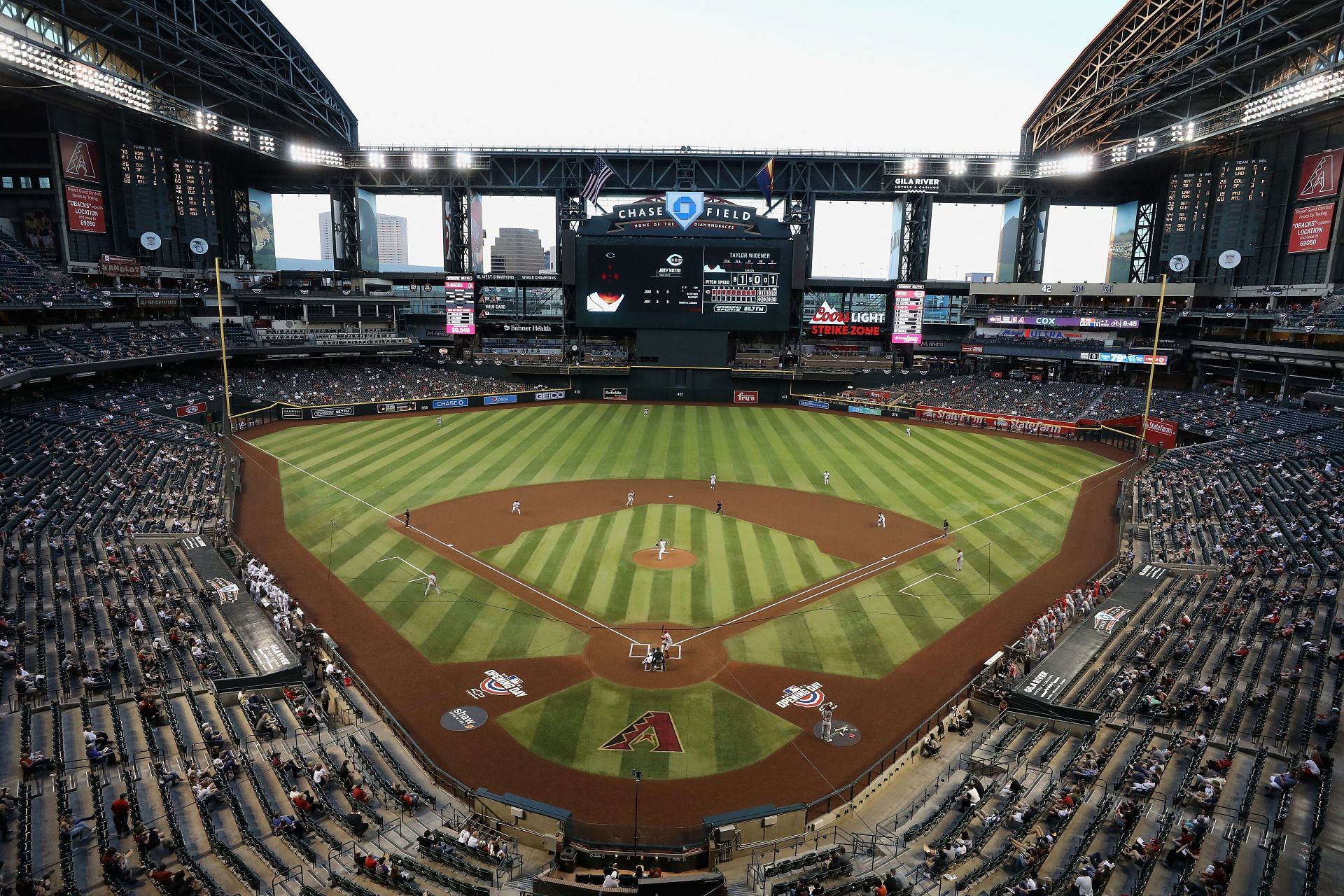
Other franchises remained more conservative in using new technology for their new fields. The Diamondbacks' Chase Field, for instance, was built with a retractable roof like SkyDome, but with an outfield shaped like a classic ballpark. However, Chase Field lacked character, and that's what other franchises began looking to add to their own new ballparks.
What are the best MLB stadiums of the modern era?
Franchises realized that ballparks need unique characteristics and quirks if they're going to rank as one of the best MLB stadiums. Whether it be a big wall in left field or a little hill at the center field wall, here's how certain teams designed their ballparks to place in our 3 best MLB stadiums of the modern era.
#3 - Minute Maid Park
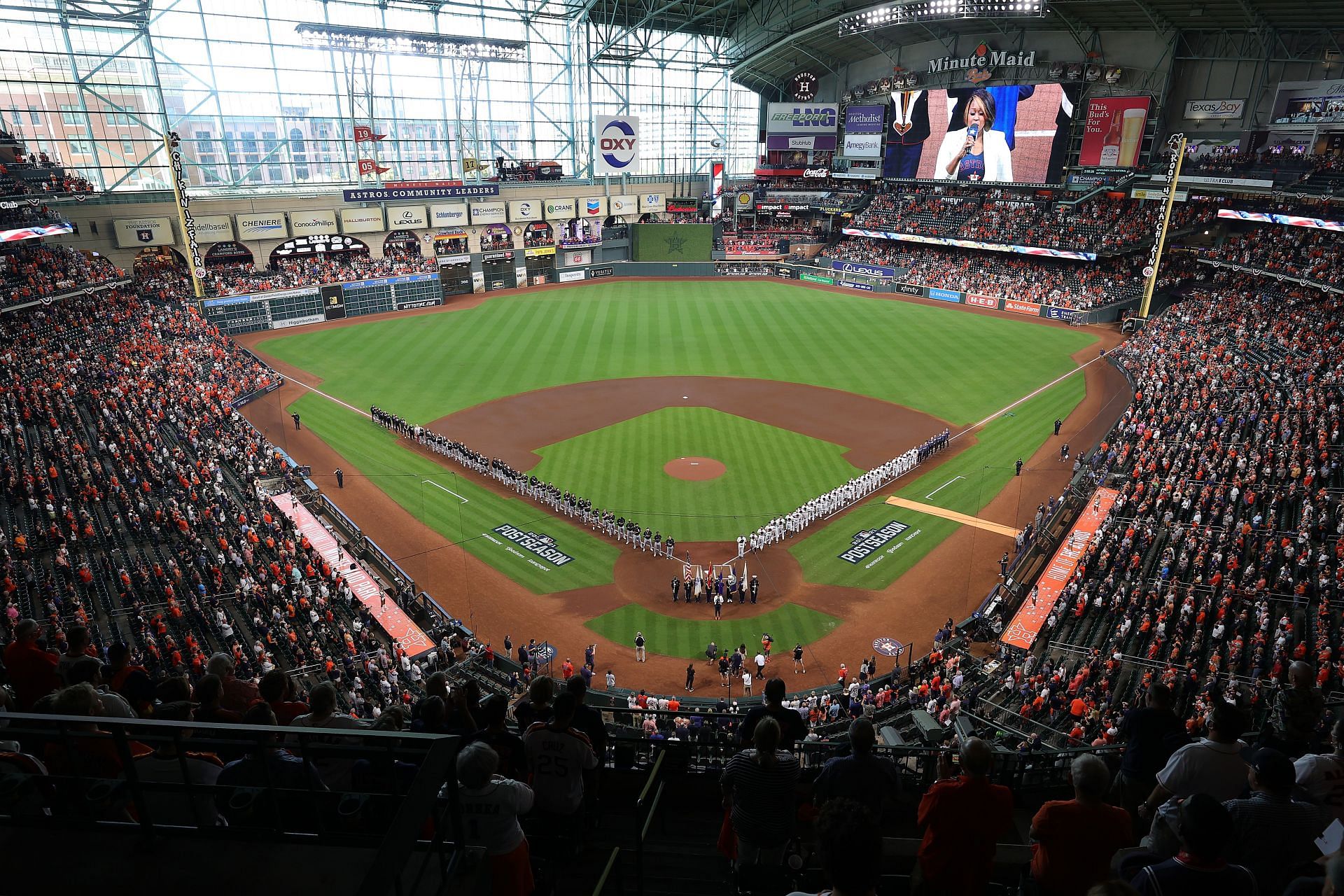
Coming in at number 3 of the best MLB stadiums of the modern era is the Houston Astros' Minute Maid Park. The Houston Astros built the park in 2000 with both a modern flair and unique vision. The visually-appealing field includes both a roof and massive windows above left and center field that allow in plenty of daylight. The roof allows for ball games to proceed rain-or-shine and it also allows the Astros to air-condition the stadium, which is a necessary asset in Texas.
Including the windows was truly innovative by the Houston Astros. They maintain the natural lighthing that parks like Tropicana Field sorely miss, and they also give fans a view of Houston's skyline outside the stadium.
But the left field brick wall and the little center field hill separates Minute Maid Park from the rest of the pack. They make playing in Minute Maid different from anywhere else. Baseball is meant to be a game of diverse ballparks, and the Astros took that to heart.
#2 - Miller Park
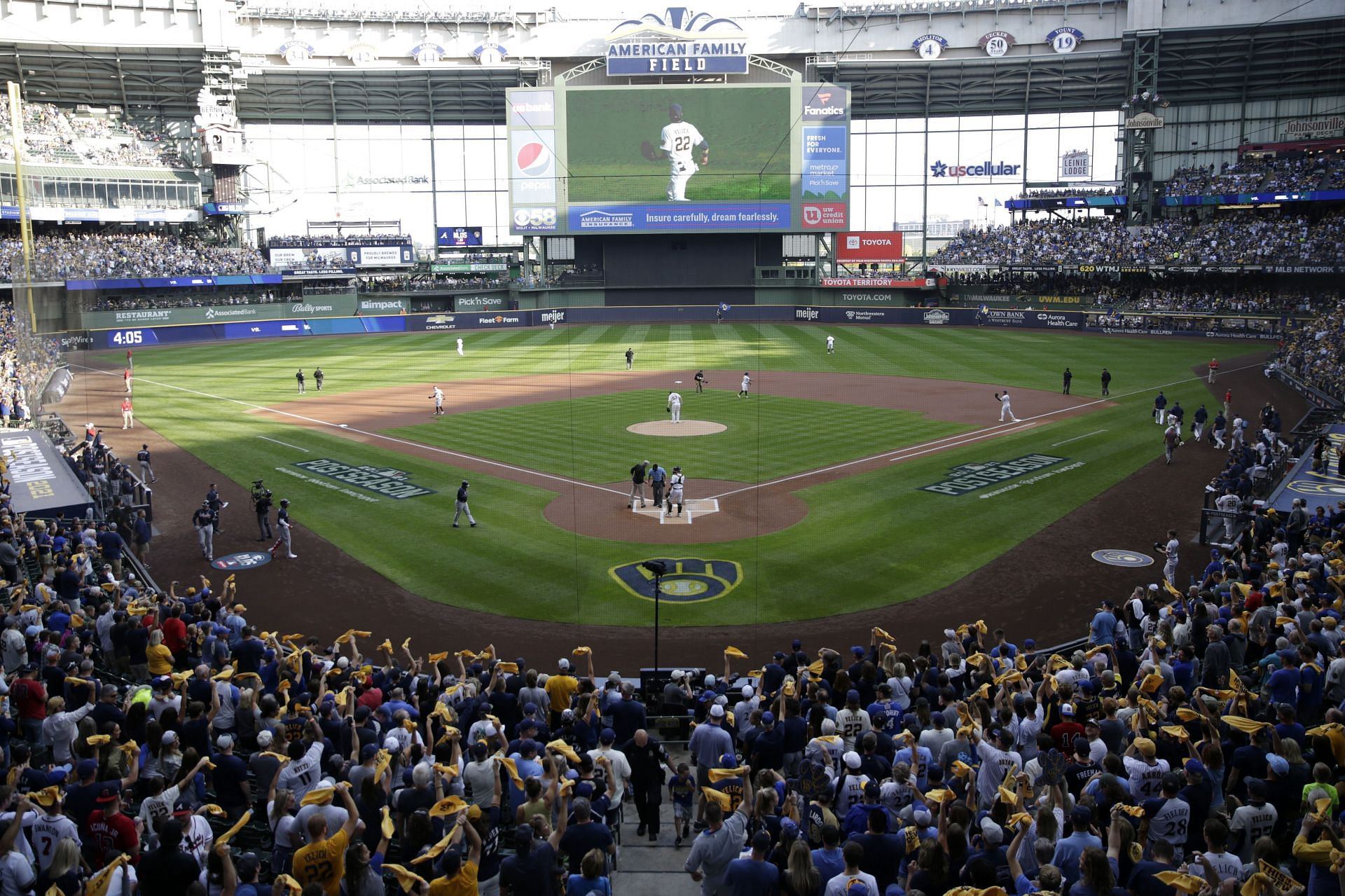
Number 2 of the modern era's best MLB stadiums is Miller Park. The Milwaukee Brewers took the Astros' stadium ideas and made them even better with Miller Park. The two stadiums are similar in many ways. They both make use of huge outfield windows to add natural light, and they both place emphasis on massive scoreboards. What's more, they've both got retractable roofs that allow for baseball in any conditions.
What makes these parks so similar yet so different is their unique additions. Miller Park is famous for its yellow slide, which mascot Bernie Brewer frequents whenever the Brewers hit a homerun. What's more, Miller Park features a brew pub and open-air patio and is known for its excellent food and drink amenities.
#3 - Petco Park
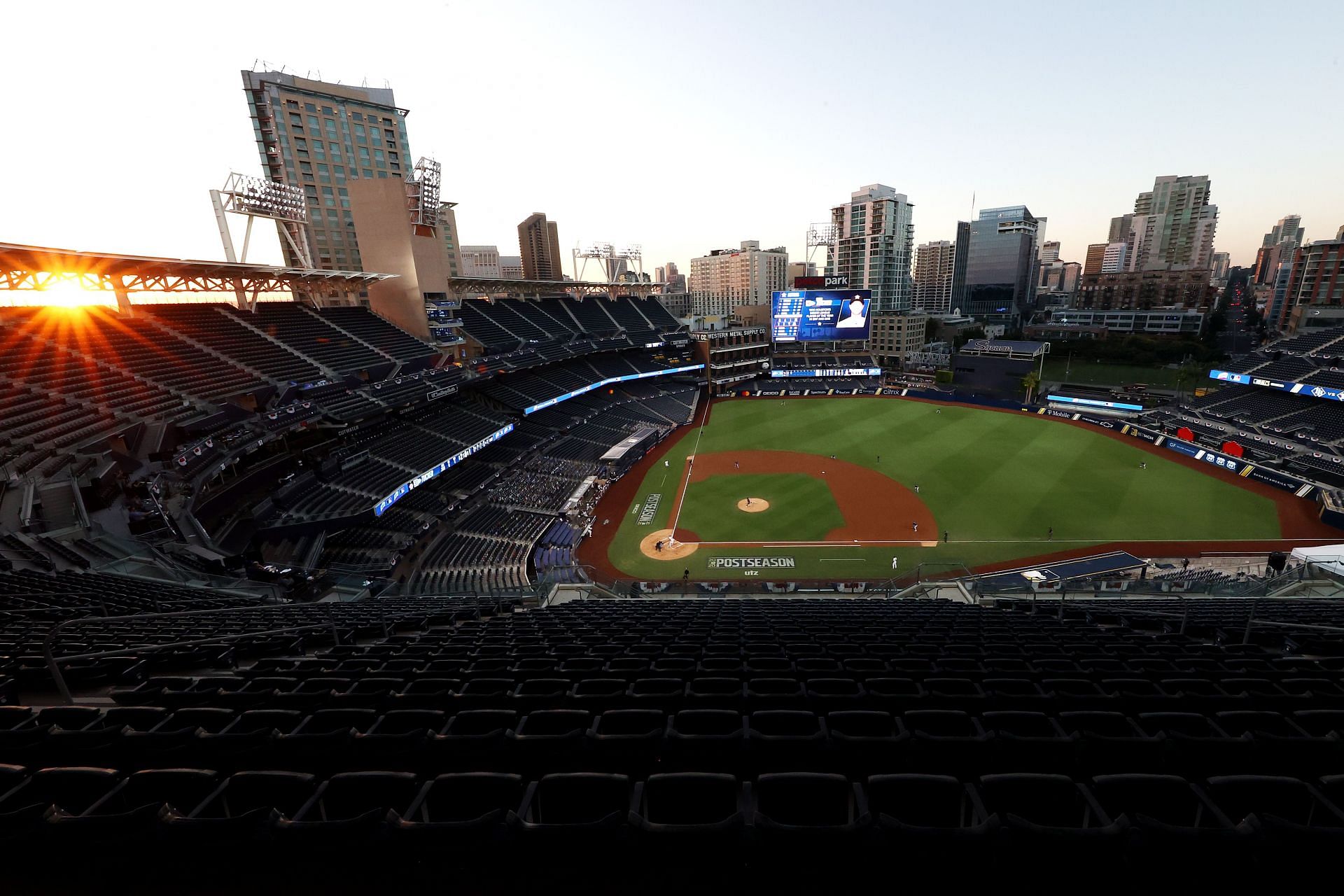
Number 1 of the best MLB stadiums of the modern era has to go to Petco Park, the home of the San Diego Padres. The place includes everything you'd expect to see in a classic stadium along with the refinements you'd keep from modern stadiums, such as jumbo bigscreens.
Petco boasts one of the MLB's best skylines, and its open-air design simply feels right. While Minute Maid Park and Miller Park's retractable roofs are impressive and convenient, nothing can beat the classic feel of baseball in the open air. The double-decker seating arrangements are neither too big nor too little; they're just right.
And Petco's outfield also fills the bill for #1 of the best MLB stadiums because of its unique dimensions. With left field being 334 feet long, right field 382 feet, and center field 396 feet, the Padres stadium has just the right amount of quirks that contribute to the game rather than detract from it.
